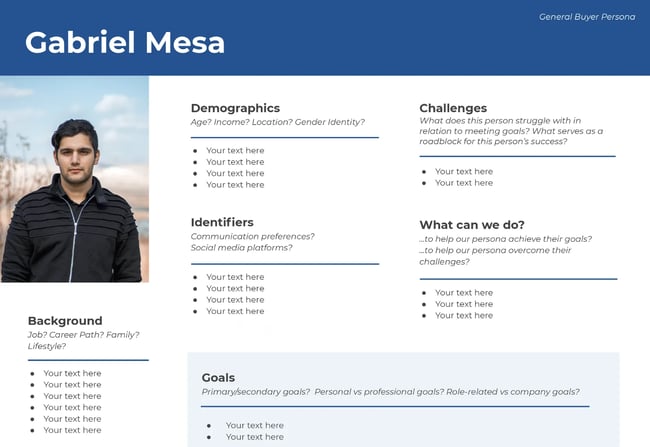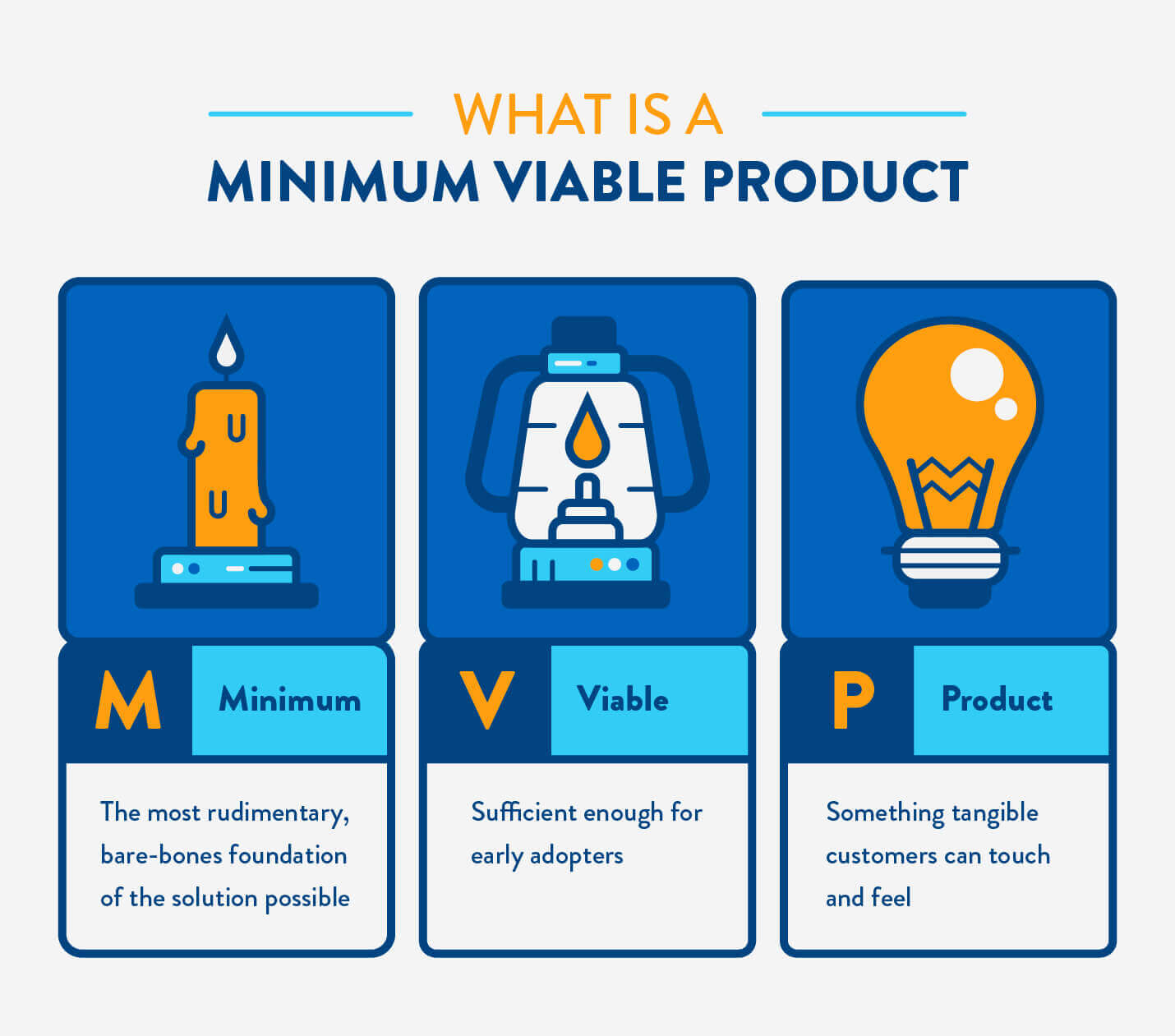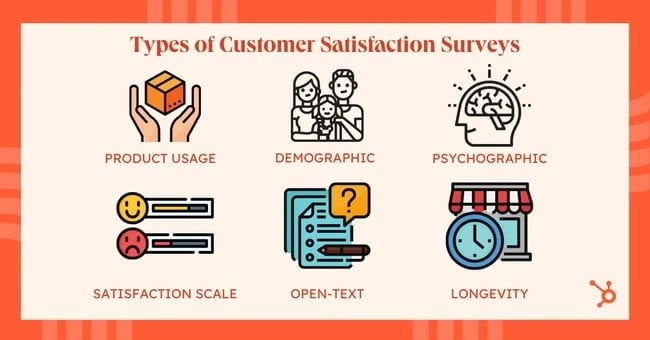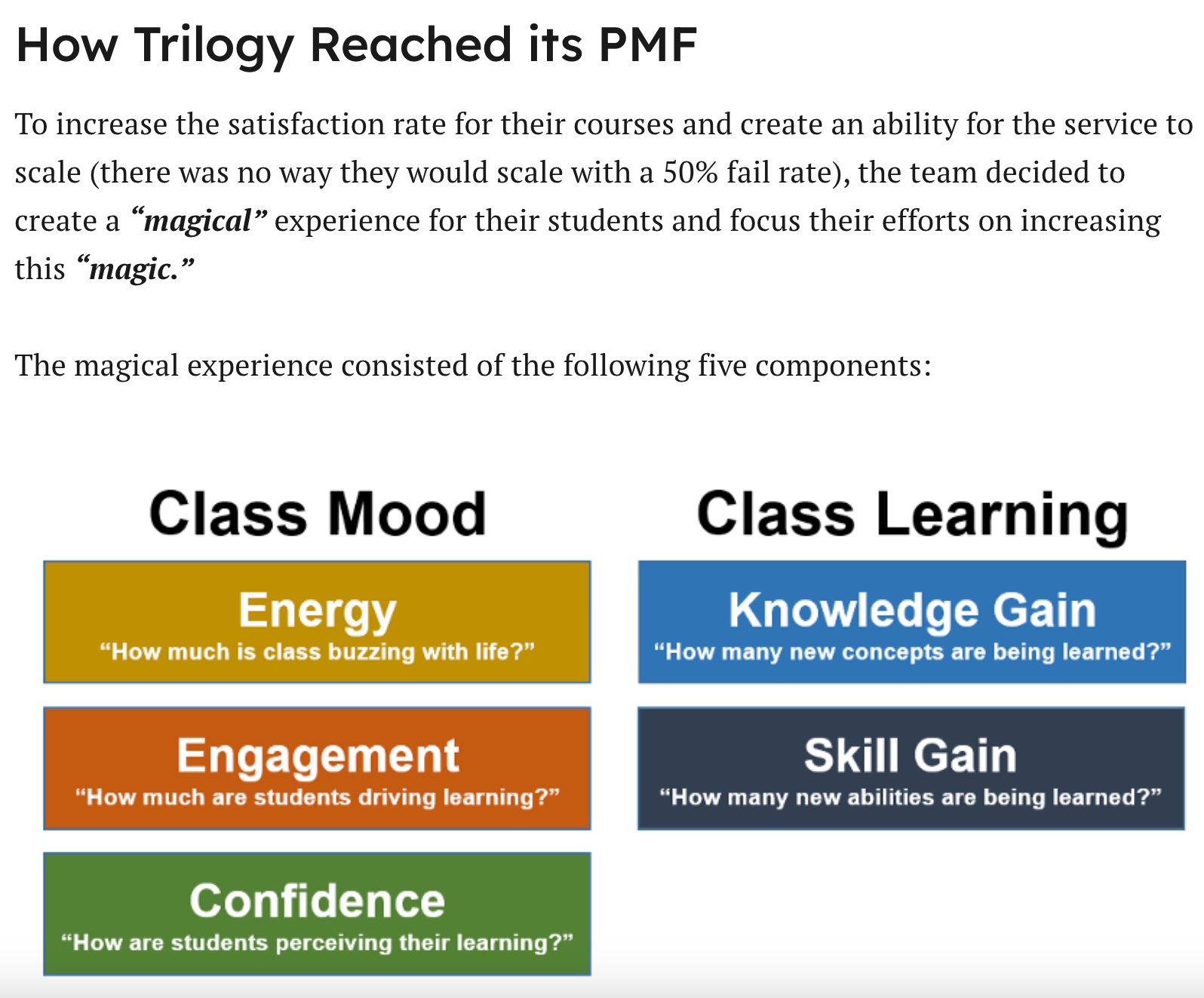Escaping from the fiery volcano of failure to the serene coastline of success as a startup, it’s a thrilling journey we’re about to explore. Every minute, 90 fledglings join the swarm, hoping to crack the code to shades of billion-dollar unicorns. Yet, estimates show nearly 90% of these startups perish before they could mature into magnificent creatures. This sobering stat begs a simple, yet seismic question-what differentiates the survivors from the casualties?
Enter Product Market Fit-your navigation compass and lifeline in the tempestuous seas of startup survival. It’s the Sherlock Holmes of startup metrics, revealing truths and providing insights that could spell the difference between an extinct dinosaur or a thriving dragon. Intriguing, isn’t it?
Consider this your voyage into understanding Product Market Fit, and why it’s a metric that deserves your immediate attention and savvy understanding. You’ll find this guide laden with tactical advice, actionable insights, and anecdotes that show the metric isn’t an abstract concept, but a vibrant, pulsating entity constantly shaping the ebb and flow of your business. And who knows, it might even bring you closer to catching that elusive unicorn.
Understanding the Importance of Product Market Fit
Product-market fit (PMF) isn’t just a fancy buzzword, it’s a crucial metric for any startup hungry for success. It holds the keys to valuable insights about customer satisfaction, retention, and business scalability.
The Role of Product Market Fit in Startup Success
Achieving product market fit is akin to hitting the startup jackpot. It signifies that your business has discovered a significant market with customers who love your product.
The ability to clearly delineate and meet the needs of a specific audience enhances your startup’s competitiveness in the marketplace. With a great PMF, your startup isn’t just making noise; it’s resonating in the market with a defined user base.
A well-defined PMF sets the stage for heightened customer satisfaction and, consequently, customer retention. If your offering authentically addresses a pressing customer need, it naturally leads to higher satisfaction levels.
On the contrary, a poor PMF might mean you’re not hitting the sweet spot for customers, which could lead to dissatisfaction and churn. Embracing PMF provides you with a road-map to anticipate customer wants and remain a step ahead in the customer satisfaction game.

Product Market Fit and Business Scalability
One major boon of attaining product market fit is it paves the way for substantial business scalability. A proven PMF provides a clear signal to potential investors that your startup is ready for the big leagues.
It signals that there’s a growing market demand for your product, enabling your business to expand in a systematic and achievable manner. PMF also bolsters marketing efforts and makes resource allocation much more straightforward. Achieve PMF, and your business sails smoother towards scalability.
The key takeaway is the significance of product market fit can’t be overstated for startups. It’s the underlying metric that impacts multiple areas – from customer satisfaction to business scalability. But finding the PMF does require scrupulous analysis and precision, and the journey is often non-linear. Yet, for businesses ready to roll up their sleeves, PMF can unlock untold possibilities.
Apprehending product market fit thus becomes the catalyst for your startup’s journey towards a thriving and sustainable business model. Quality and customer satisfaction become tangible realities, and the pathway to scalable business growth becomes clear. Embrace it, hone it, and let it guide your business to reach its true potential.
Steps to Achieve Product Market Fit
- Shorten the path towards startup success
- Learn strategies to meet customer needs
- Hone your product through insightful feedback
1. Identify Target Customers and Understand Their Needs
Accurately pinpointing your target customers shapes the course of your product’s development. One valuable strategy involves building customer personas. This requires a deep understanding of their:
- Needs
- Preferences
- Behaviors
Moreover, knowing your customer’s pain points helps to develop a solution that genuinely solves their issues. The key lies in empathizing with your clients and immersing yourself in their perspective.
While a customer persona is largely based on assumptions, it’s important to focus on data-driven insights, too. This will make your product even more robust.

2. Develop a Minimum Viable Product (MVP)
An MVP is a functioning version of your product that delivers core features while consuming minimal resources. It should just be enough to attract early users and validate the product’s market fit.
This should keep production costs low while testing the water with your product. It’s basically a hypothesis testing ground. When well executed, an MVP de-risks your broader product strategy.
Your MVP bridges the gap between your product vision and your customers. Their feedback, therefore, is a treasure trove of insights. You’re not just seeking compliments or criticisms; you want to understand their:
- Usage patterns
- Needs
- Expectations
The more feedback you gather, the clearer the understanding you’ll get of what your product should be.

3. Iterate and Improve the Product Based on Feedback
Starting with an MVP and iterating based on feedback is a sure path towards product excellence. Each iteration improves your product and sharpens its alignment with market needs. Don’t fear feedback-driven changes. Embrace them as they lead your product towards a better version of itself.
Achieving a product market fit isn’t a final destination but a continuous journey. Your product will need to keep evolving as the market and customer needs change.
The goal isn’t to build a product and hope for a fit, but to mold your product according to your customer’s needs to achieve a perfect fit. Resourcefulness, patience, and a deep understanding of your customers are fundamental ingredients for this journey.
Measuring Product Market Fit
TL;DR:
- Define relevant metrics for your business
- Gauge customer satisfaction with surveys
- Learn how to interpret your data to measure product market fit
Key metrics to assess Product Market Fit
In the business world, numbers dictate decisions. But choosing which metrics to track can be like navigating a maze without a compass. The secret lies in knowing your business model and selecting related metrics.
Depending on your business type, you may need to focus on:
- Customer acquisition cost: This is the total amount of money your business spends to get a customer to buy your product.
- Churn rates: This is the rate at which customers stop using your product.
- Retention rates: This is how many customers continue using your product.
- Lifetime value of a customer: This is the total value of a single customer, and will include the frequency of their purchases.
Metrics give a quantitative assessment, but the qualitative aspects shouldn’t be ignored. Hence, the significance of customer feedback.

Product market fit – Source: Connect
Using surveys to gauge customer satisfaction
Surveys matter a lot. They provide a direct line to your customers’ thoughts and feelings about your product. Keep your surveys short, though. No one wants to spend their break time answering 50 questions about a product they’re just using.
Refine your questions to extract meaningful data. Net Promoter Scores (NPS) or Customer Satisfaction (CSAT) score are great starting points, but don’t hesitate to dig deeper. This is your chance to gain a true understanding of your ideal customer’s mindset.
A well-crafted product market fit survey can transform a multitude of customer experiences into actionable data. This data will play a crucial role in interpreting your product market fit.

Interpreting data to determine Product Market Fit
Once you have your data – survey results, churn rates, customer lifetime value – interpret them to gauge the product market fit. Understanding the trends and patterns in this data could be the key to successfully adapting your product to meet the market’s exact needs.
For example, a falling churn rate indicates that you’re doing something right, while a high churn rate might imply your current product isn’t living up to the promises you’re making, indicating significant room for improvement.
Observing data trends will help you voluntarily adapt your product in line with market needs.Measuring product market fit is not a one-time affair: it is a continuous process that evolves with your business and market dynamics.

Challenges in Finding Product Market Fit
- Discerning common barriers encountered by startups to achieve product market fit
- Outlining strategies to conquer these hurdles
- Stressing the importance of patience and persistence
Common Obstacles Startups Face in Achieving Product Market Fit
Startups face numerous roadblocks on their journey towards product market fit. Understanding these problems can be instrumental in devising appropriate strategies to surmount them and move forward. Two most significant challenges include:
- Determining the target audience: This is often overlooked, leading to a waste of resources, time, and efforts.
- Creating a product that solves the pain points of potential customers: Often, startups offer something that they think the market needs, but in reality, it’s not what the customers want or need.
The Role of Patience and Persistence in Finding Product Market Fit
Above everything else, startups shouldn’t expect overnight success. Achieving product market fit is a long haul that requires three main traits:
- Determination: Without a genuine desire to achieve your goals and a belief in your product, you won’t be determined enough to keep going.
- Patience: This is pivotal in testing different strategies till the right one is found. It also allows a startup to keep refining its product based on customer feedback.
- Persistence: This enables startups to continuously learn and iterate their product. It helps them stay resilient and adapt to change swiftly. Adapting to change, however, should not compromise the core value – an aspect that must be unwavering and well-articulated.
In conclusion, finding product market fit entails asking the right questions, conducting market research, responding to feedback, and lastly, having unwavering patience and persistence.
Challenges will persist, but having a systematic strategy in place will help a startup navigate its way effectively through the hurdles.
Case Studies of Product Market Fit
- Understand the tangible success of startups that nailed product market fit
- Extract lessons from these real-world examples
- Gain insights into how achieving product market fit can propel startup growth
Successful Examples of Startups that Achieved Product Market Fit
The education platform, Trilogy, initially faced dreadful churn rates and angry customers demanding refunds. It’s every business’s worst nightmare. So, they took a good look at their product. And asked:
- What did they promise to deliver?
- What were they currently delivering?
- How can they bridge the gap?
They listened to feedback and realized they had misunderstood their target audience. They swapped their focus from scaling their current product to creating a service that students would find genuinely helpful. This meant:
- Creating new lessons
- Using new teaching methodologies
- Creating different class curriculums
Soon enough, they had tapped into their product market fit and their success skyrocketed and enabled their initial dream of scaling.
Lessons Learned from Case Study
Each PMF case study carries valuable lessons for aspiring startups. Airbnb taught us the importance adaptation and refocusing.
It’s the ability to learn from customer feedback, iterate based on those insights and willingness to pivot when necessary that could be the difference between startup success and failure.

How These Startups Used Product Market Fit to Drive Growth
Achieving PMF can set a startup on a remarkable growth trajectory. Successful products align with market demands so well that they sell themselves, allowing businesses to focus resources on expansion and improvement.
Consider Dropbox – once they achieved PMF with a reliable, easy-to-use file-syncing product, they could concentrate their efforts on scaling their business, eventually becoming a leading name in online storage.
These case studies of startups achieving PMF provide valuable lessons, insights, and evidence of the potential growth that can follow. While it’s a significant challenge, the rewards of finding that fit are worth the effort. Breathe in the approach of these successful startups, and who knows? You might just join them in PMF success.
Capitalizing on Product-Market Fit”
Navigating the startup ecosystem can feel like stepping into an unknown labyrinth. Discovering, measuring, and optimizing your product market fit (PMF) is your North Star, guiding you towards successful business growth.
Your journey begins with identifying an actual problem that your target customer has, and offering a unique solution with your product or service. Adopting suitable market strategies and forging strong customer relationships can then reinforce this footing, ascertaining your PMF.
Time and resources are crucial elements in any startup venture, and understanding PMF offers an efficient allocation of both. Remember, time spent on fitting into the market is time saved from shooting in the dark.
Are you ready to mold your ideas into viable business propositions? Start by asking, what is my potential customer’s most pressing problem, and how can my product be the solution?
“Crafting solutions, one product at a time.”
FAQs on Product Market Fit
Q: What is Product Market Fit (PMF)? ‘
A: PMF is when your product effectively satisfies a strong market demand. It’s a sign that your business is on the right track.
Q: Why is PMF important for startups?
A: PMF is crucial because it indicates that your product is what the market wants and needs, leading to customer satisfaction, retention, and business growth.
Q: How can I measure PMF?
A: You can measure PMF through customer feedback, usage metrics, growth in customer base, and retention rates.
Q: What are common challenges in finding PMF?
A: Startups often struggle with identifying the right target audience, aligning the product with market needs, and interpreting market feedback correctly.
Q: Can PMF change over time?
A: Yes, as market demands and customer needs evolve, your PMF might also need adjustment to stay relevant.
Glossary for Product Market Fit
- Product Market Fit (PMF): The degree to which a product satisfies a strong market demand.
- Minimum Viable Product (MVP): The most pared-down version of a product that can still be released.
- Customer Persona: A semi-fictional representation of your ideal customer based on market research and real data.
- Churn Rate: The rate at which customers stop doing business with an entity.
- Net Promoter Score (NPS): A management tool that can be used to gauge the loyalty of a firm’s customer relationships.
Resources for Understanding Product Market Fit
- Books:
- “The Lean Startup” by Eric Ries
- “Crossing the Chasm” by Geoffrey Moore
- “Hooked” by Nir Eyal
- Websites:
- Articles:
- “The never-ending road to Product Market Fit” on Medium
- “How Superhuman Built an Engine to Find Product Market Fit” on First Round Review
- “Measuring Product Market Fit” on Andreessen Horowitz’s website
- Tools:
- Customer Feedback Tools: SurveyMonkey, Google Forms
- Analytics Tools: Google Analytics, Mixpanel
- Project Management Tools: Asana, Trello
PMF is a continuous journey that requires constant attention and iteration based on customer feedback and market trends. It’s not just about creating a product but about continuously molding it to fit the needs and desires of your target market.
Happy reading, Penfriends!

